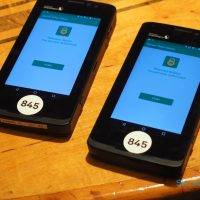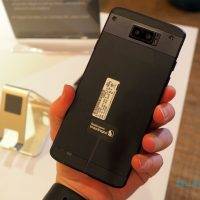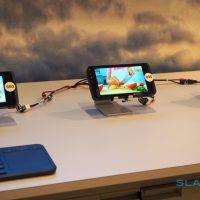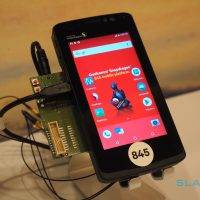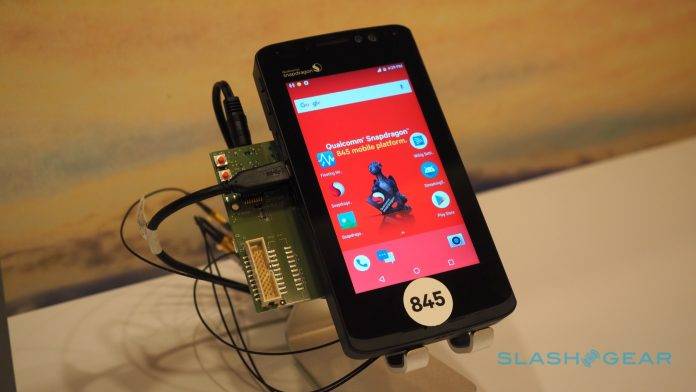
We managed to do a quick hands-on review of a smartphone laden with Snapdragon 845—the newest premium processor from Qualcomm. Over at the Snapdragon Summit, this device was readily demonstrated and we’ve got a preview of not just one but two SD845-powered phones. Note these are generic units designed only to provide OEMs an idea of what the new processor can do.
The first device appears to be a phablet (white model below). It’s big than most premium flagship phones in the market today. It has an iris scanner and a fingerprint scanner. The second phone (see black device above) reminds us of a Nexus 5 but with dual rear cameras and a 2K display.
Qualcomm is showing off the Snapdragon 845 processor with the promise of security, speed, and computational photography as demoed by a benchmark test. The chip was being compared to the Snapdragon 660 and Snapdragon 835. As expected, the Snapdragon 845’s numbers are way better.
The Qualcomm SD845 comes with the Snapdragon X20 LTE modem. This one is expected to make mobile Internet connection even faster. It may not support 5G yet but we know we’ll get there. Some mobile carriers will find this one helpful as they have started to improve more on speed and network capacity for next year.
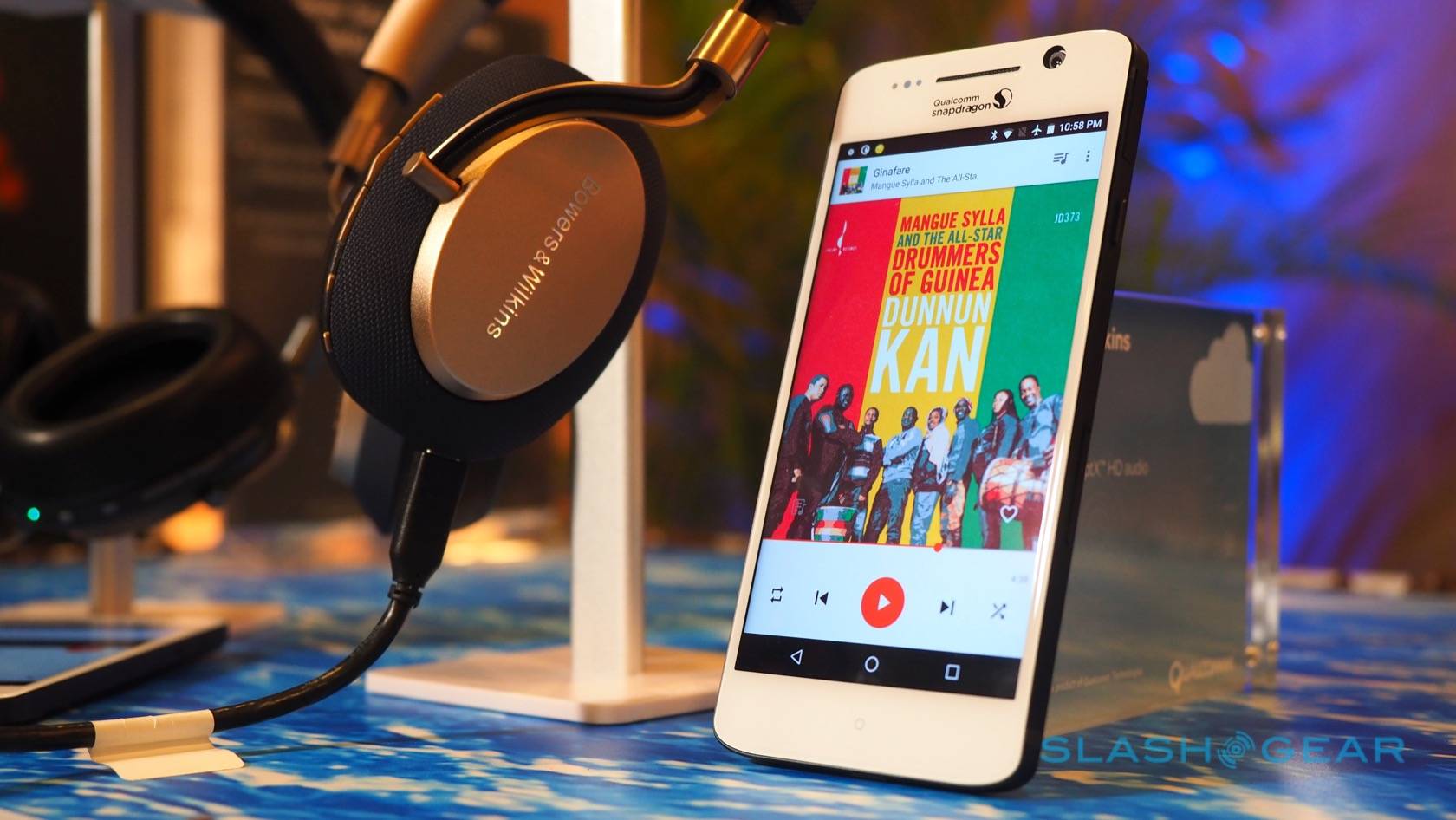
Qualcomm Snapdragon 845 features a Secure Processing Unit that now has direct links to other components like fingerprint sensor, camera, and GPS among others. On the topic of computational photography, we can look at AI (artificial intelligence) being utilized more than ever. It can be used in imaging with real-time video manipulation or portrait-mode bokeh.
Qualcomm also introduced a VR headset with a Leap Motion sensor. The Snapdragon 845 is said to add native support for tracking those individual fingers and hands.
These are just samples and demonstrations. We’re not certain all of them may make it to the real world but it’s good to imagine and anticipate the dawn of a new era in mobile technology. We can’t fully say this one is the most powerdul Snapdragon chipset ever because we’ll have to test it in the real world on a commercially available Android smartphone.
VIA: SlashGear





